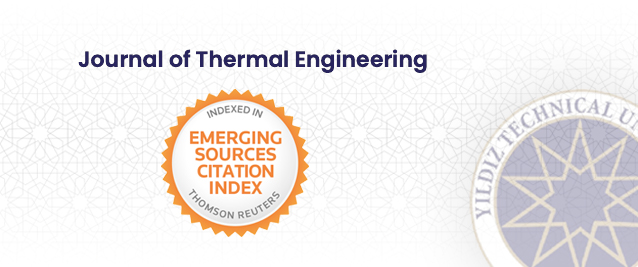2Department of Sciences and Humanities, Sri Venkateswara Institute of Science and Technology, Kadapa-516003, Andra Pradesh, India
3Department of Mathematics, School of Advanced Sciences, VIT, Vellore-632014, India
Abstract
Hybrid nanofluids (HNFs) have received the prominent attention of researchers due to their improved thermophysical properties than conventional liquids and single-phase nanofluids. Such high potential heat transfer fluids are obtained from the suspension of two or more dissimilar nanoparticles in a regular heat transfer liquid. Owing to the high heat transfer properties of hybrid nanofluid, these are widely used in industrial processes, manufacturing processes, and biomedical engineering. This framework presents a detailed review of hybrid nanofluids preparation, stability, thermophysical properties, and importance in various engineering fields. Furthermore, present analysis addresses the pH control and ultrasound intensity of hybrid nanofluid. This analysis also manifests a hybrid nanofluid preparation method and suitable nanoparticles mixers for various industrial uses. This study reveals some future trends and possibilities related to HNF and a few suggestions regarding the scope in the future research in this area. A big impact with small particles for coming years. The hybrid nanofluid are having higher thermal conductivity which affects significantly to machining output response variables. By hybridizing the suitable combination of nanoparticles, the required heat transfer effect can be obtained still at low particle concentrations.























